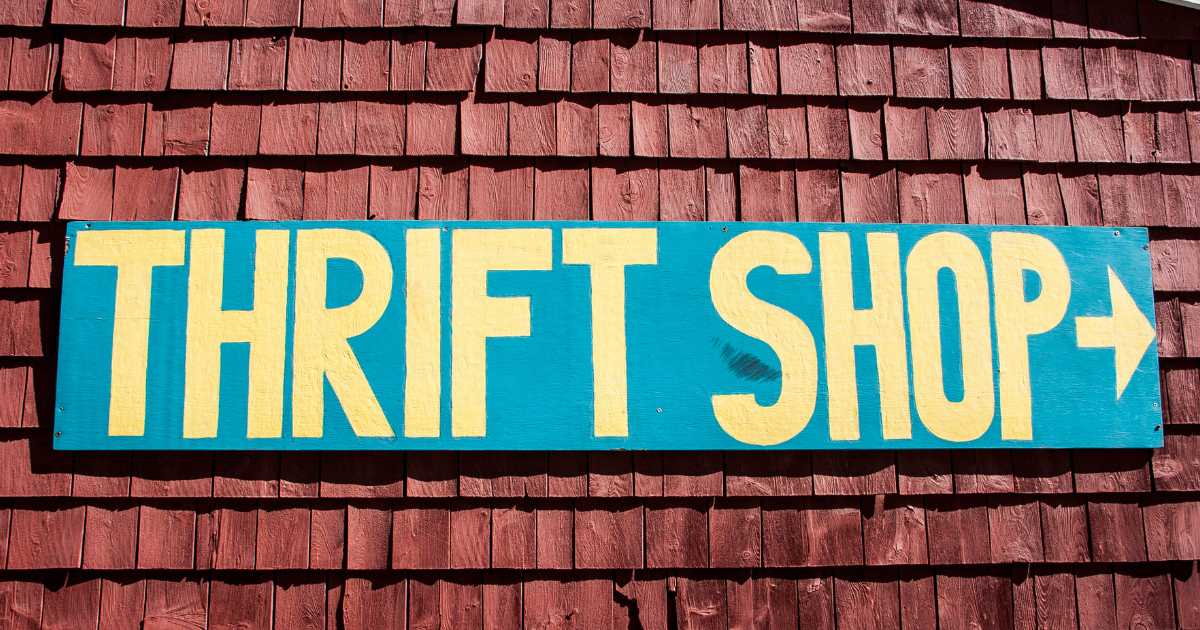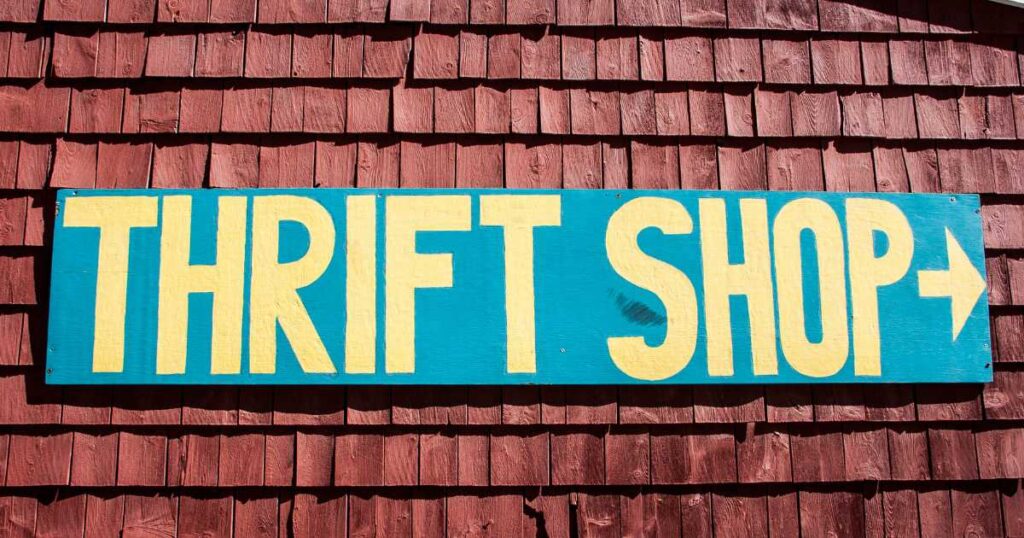
Thrifting is all about fun and saving money, but you can make a living out of it. Many people are now turning thrift shopping into a sustainable business. Buying secondhand clothes, furniture, or other items and reselling them for profit has become a popular way to earn an income. If you love finding hidden gems and spotting items that others might overlook, thrifting could be the perfect business idea for you.
According to ThredUp’s annual Resale Report, published to track trends in the second-hand and resale sectors, the market grew significantly faster than the broader retail clothing sector in 2023.
Projections indicate that South Africa’s apparel market revenue will have reached US$ 5,91 billion (R 108,51 billion) by 2024, with approximately 9.1% stemming from second-hand apparel. This statistic shows a big market for everyone, and opportunities to start a thrifting business are available.
First, let’s get you to understand what a Thrifting Business is
What is a Thrifting Business?
A thrift store is a specific type of retail business that resells used goods at discounted prices. Also known as a secondhand store or charity shop, thrift shops can sell anything from vintage clothing to unique antiques.
Here are a few examples of the items thrift stores usually sell:
- Clothing
- Accessories
- Furniture
- Household items
- Books
- Toys and games
- Collectables and antiques
- Electronics
Understand Your Target Market
The first step in starting a thrift business is understanding your market. Ask yourself these questions: Who will buy the items I plan to sell? Are your customers looking for vintage clothing, rare sneakers, designer bags, or affordable home decor? Knowing your audience is important because it will indicate what items you should stock.
Learn to Spot Valuable Items
Not every item in a thrift store will make money. A big part of being successful is knowing which items have value. This doesn’t always mean having to buy expensive brands. Sometimes, unusual patterns, rare vintage pieces, or items in excellent condition can sell for more.
Ensure you inspect every item to check for damage, stains, or missing parts. Being able to identify quality items is a skill that comes with practice. Also, you need to keep up with trends. Fashion changes constantly, and items that are currently popular will sell quickly.
Start Small
You don’t need a huge startup capital to start a thrift business. Begin with a small number of items to test the market. Sell them online or to friends and family. This will give you an idea of what sells quickly and what doesn’t sell.
Starting small reduces the risk. You can learn what works and what doesn’t without spending a lot of money. Once you find your niche, you can start investing more and grow your inventory.
Register Your Business
Once you’ve decided to open a thrift store, you need to register it by:
- Choosing and trademarking your thrift store name
- Registering your business with the Companies and Intellectual Property Commission (CIPC) and for taxes with the South African Revenue Services (SARS)
If you’re a business, then you’ll also need to determine your business structure and whether your thrift store will be a sole proprietorship, partnership, Limited liability company, or Corporation.
Take Clear Photos and Write Clear Descriptions
People always say that a picture is worth a thousand words, and in online reselling, it can also be worth a thousand sales. When presenting your items to potential buyers, the importance of high-quality photos cannot be overstated.
Write clear descriptions. Include the brand name, size, colour, and condition. A well-written description makes buyers feel confident about purchasing an item.
Price Items Wisely
To set prices in a thrift business, you need to research the costs of the item, which includes your own acquisition costs. Get similar items online to understand their market value. Lastly, set your profit margin to determine a competitive selling price, aiming for a balance between profitability and customer value.
Keep on Learning and Improving
Thrifting changes always; stay updated by following successful sellers, reading blogs, and watching videos. Listen to what your customers say and pay attention to their preferences. Their feedback will assist you in improving your products and expanding your business over time.
Thrifting is a good business that doesn’t require a huge amount of money to start. It needs you to have proper research, skills, and an eye for valuable items. However, it reduces waste and encourages eco-friendly shopping. And your business can quickly grow, as there are fewer risks.
Thrifting is all about fun and saving money, but you can make a living out of it. Many people are now turning thrift shopping into a sustainable business. Buying secondhand Read More


